- Homepage /
- Blog /
-
AI-Powered Storyselling: How Artificial Intelligence Is Reinventing Brand Narratives
AI-Powered Storyselling: How Artificial Intelligence Is Reinventing Brand Narratives

AI-Powered Storyselling: How Artificial Intelligence Is Reinventing Brand Narratives
Introduction
Once upon a time, marketing was about telling stories.
Now, it’s about co-creating them.
Artificial intelligence is transforming storytelling into storyselling — a strategy where data meets emotion, and every customer becomes part of a living, evolving narrative. It’s not just personalization; it’s participation.
From personalized videos and dynamic emails to chat-based brand experiences, AI turns marketing from a one-way message into an interactive dialogue that adapts to each user’s choices and emotions.
1. What Is Storyselling?
Storyselling is the art of blending storytelling with conversion. It means designing brand messages that don’t just entertain — they influence decisions.
In the AI era, storyselling becomes a real-time, data-driven experience:
- The customer’s behavior determines what part of the story unfolds next.
- AI tools rewrite scripts, visuals, and tone based on user reactions.
- Each customer follows a unique “brand narrative path.”
Think Netflix-style personalization, but for marketing.
2. The Role of AI in Modern Storytelling
Predictive Content
AI analyzes browsing patterns and past interactions to determine what kind of story will resonate most — emotional, practical, or aspirational.
Natural Language Generation
Tools like ChatGPT or Jasper craft adaptive copy, headlines, and ads in real time, ensuring consistent tone and voice while staying hyper-personal.
Generative Media
AI video and image tools (Runway, Synthesia, Midjourney) create visuals that match the customer’s profile, making brand storytelling immersive and scalable.
3. Emotion Meets Data
Traditional marketing often separates creativity from analytics. Storyselling bridges that gap.
AI identifies emotional triggers — excitement, curiosity, belonging — and measures them through engagement data (time spent, reactions, facial expressions in AR/VR).
By quantifying emotion, brands can design stories that feel authentic but are guided by data.
4. Examples in Action
Retail
An AI-powered fashion assistant tells a “style story” based on your wardrobe, climate, and upcoming events. Each outfit recommendation feels personal — not like a sales pitch.
Beauty
L’Oréal’s AR app uses facial analysis to craft a beauty journey — “Your Glow Story” — where the customer’s transformation becomes the story itself.
Automotive
Tesla’s onboarding emails adapt dynamically — one for first-time EV drivers, another for engineers curious about battery tech. Each tells a different version of the same brand narrative.
5. Why It Works
- Emotion builds memory, not logic.
- Personal relevance drives purchase intent.
- AI enables scale — you can personalize for millions, not dozens.
AI doesn’t replace creativity; it amplifies empathy.
6. The Future of Brand Storytelling
By 2030, brand stories won’t be static campaigns — they’ll be ecosystems.
Imagine a world where:
- Your AI companion narrates your personal product journey.
- AR mirrors reflect your ideal lifestyle through branded content.
- Chatbots evolve as story characters you actually care about.
In short: every brand will become a living universe, and every customer a co-author.
Conclusion
The next evolution of marketing isn’t just smarter targeting or faster automation — it’s emotional intelligence powered by AI.
Storyselling gives brands a new kind of authenticity — one that listens, adapts, and feels human at scale.
In the future, the brands that win won’t be the ones that shout the loudest, but the ones that tell the most personal story— one that customers help write themselves.
Przeglądaj inne artykuły

Edge Intelligence: The Future of Smart, Decentralized Computing

AI-Powered Cybersecurity: How Intelligent Systems Are Redefining Digital Defense

Modern Software: How Our Company Is Reshaping the Technology Landscape

From Digital Transformation to Digital Maturity: Building the Next Generation of Tech-Driven Busines

AI Agents: The Rise of Autonomous Digital Workers in Business and Software Engineering

Synthetic Data: The Next Frontier of AI and Business Intelligence

Quantum AI: How Quantum Computing Will Redefine Artificial Intelligence and Software Engineering

Design Intelligence: How AI Is Redefining UX/UI and Digital Product Creativity

How Artificial Intelligence Is Transforming DevOps and IT Infrastructure

AI Observability in Production: Monitoring, Anomaly Detection, and Feedback Loops for Smart Applicat

Low-Code Revolution: How Visual Development Is Transforming Software and Marketplace Creation
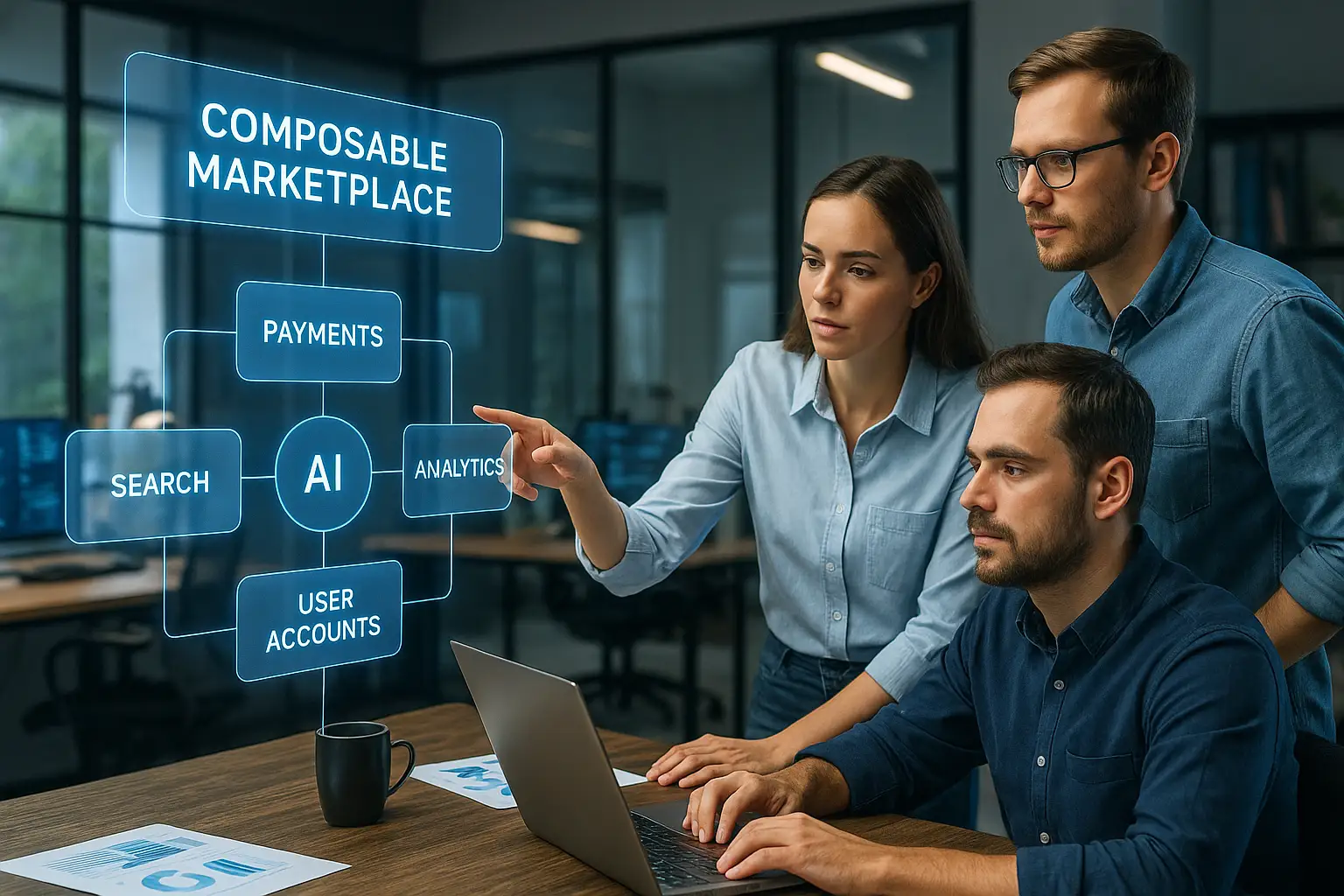
Composable Marketplaces: How Modular Architecture Is the Future of Platform Engineering

The Era of Invisible Commerce: How AI Will Make Shopping Disappear by 2030

From Attention to Intention: The New Era of E-Commerce Engagement

Predictive Commerce: How AI Can Anticipate What Your Customers Will Buy Next

Digital Trust 2030: How AI and Cybersecurity Will Redefine Safety in the Digital Age
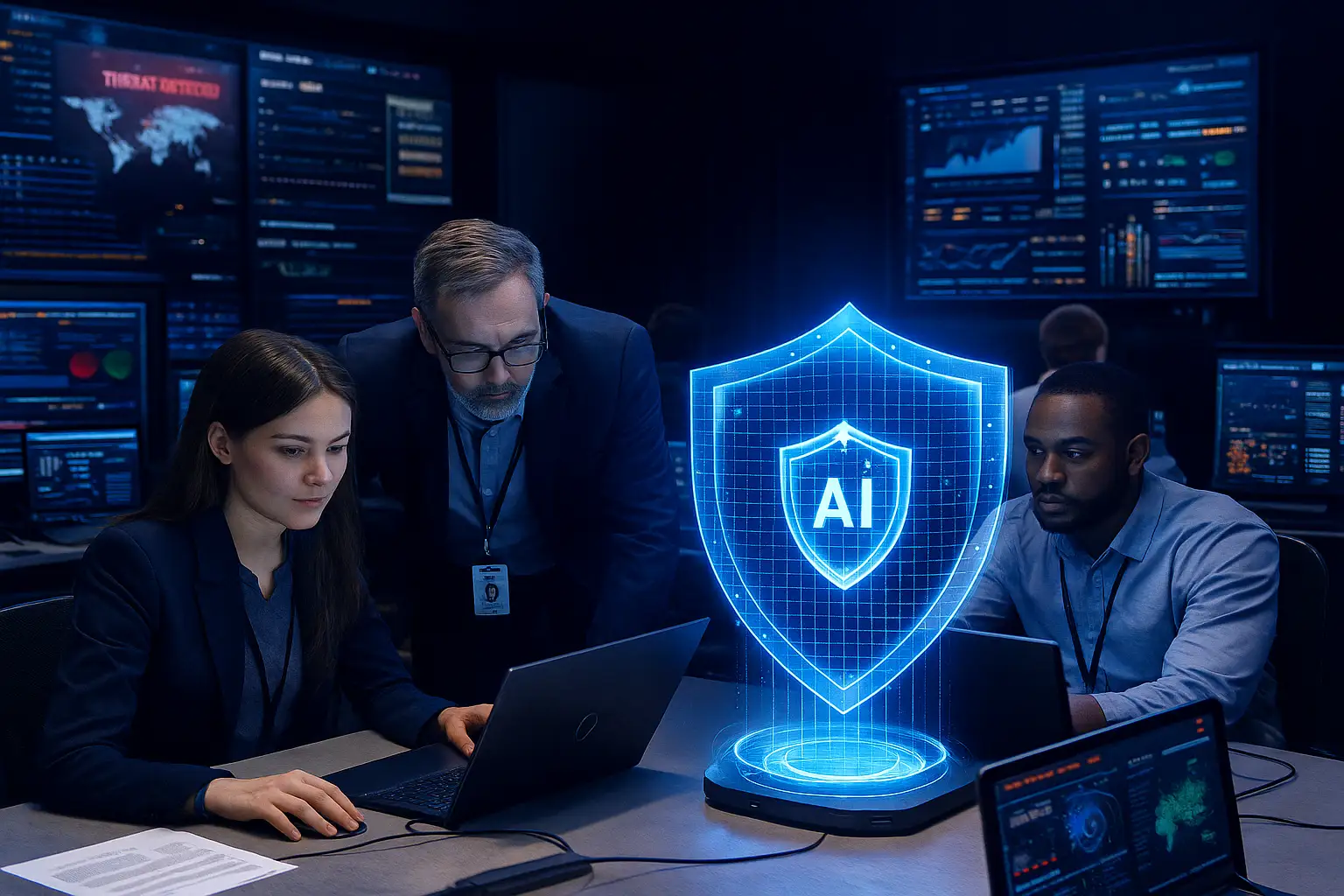
Cybersecurity in the Age of AI: Protecting Digital Trust in 2025–2030

The Future of Work: Humans and AI as Teammates

Green IT: How the Tech Industry Must Adapt for a Sustainable Future

Emerging Technologies in IT: What Will Shape 2025–2030

Growth Marketing – A Fast-Track Strategy for Modern Businesses

AI SEO Tools – 5 Technologies Revolutionizing Online Stores

AI SEO – How Artificial Intelligence Is Transforming Online Store Optimization

Product-Led Growth – When the Product Sells Itself

Technology in IT – Trends Shaping the Future of Business and Everyday Life

Marketplace Growth – How Exchange Platforms and E-commerce Build the Network Effect

Edge Computing – Bringing Processing Power Closer to the User
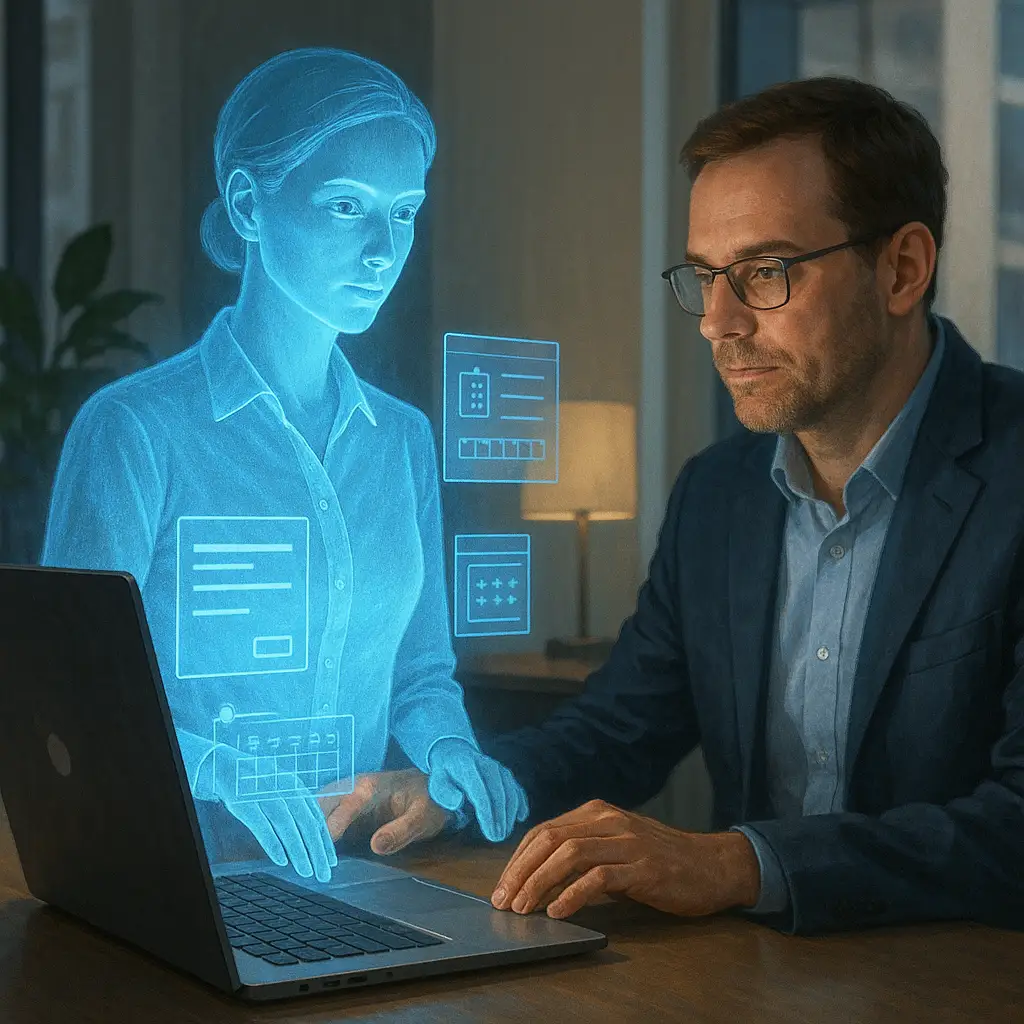
Agentic AI in Applications – When Software Starts Acting on Its Own
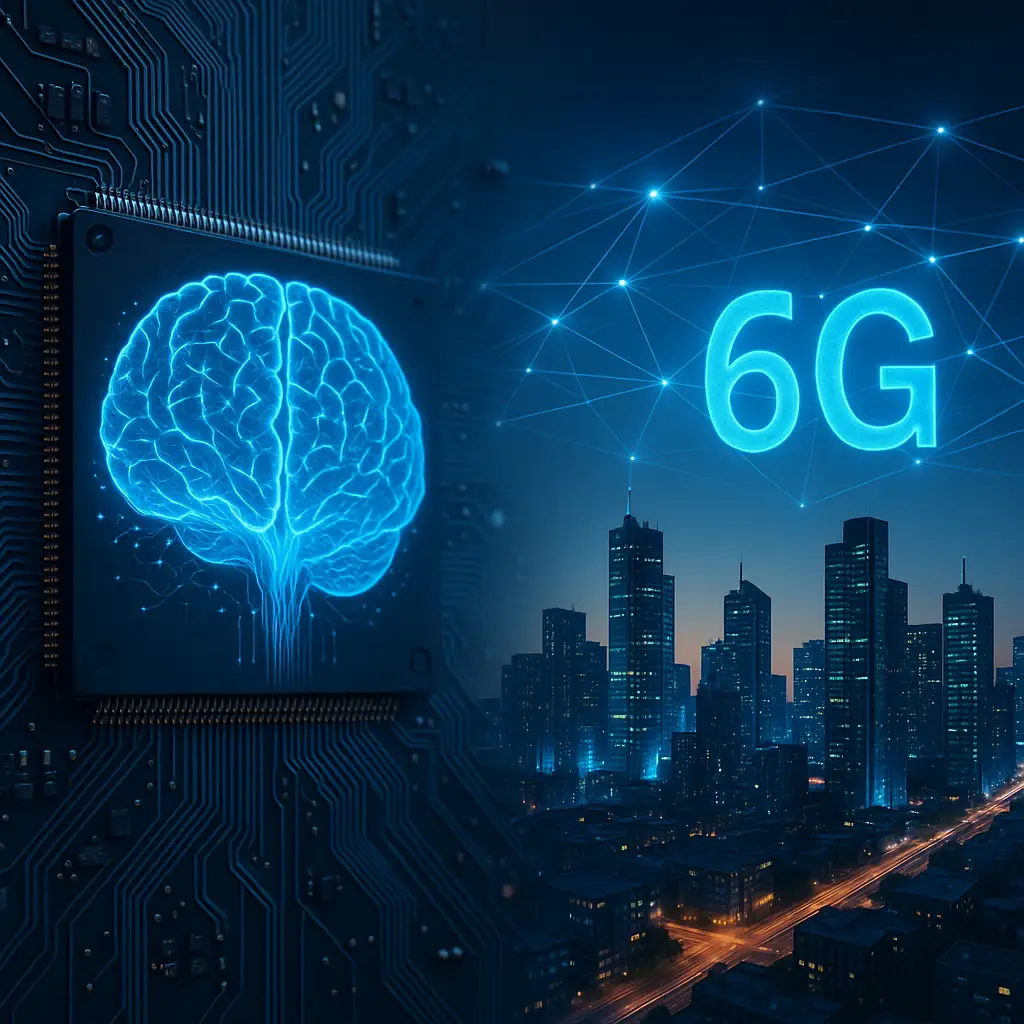
Neuromorphic Computers and 6G Networks – The Future of IT That Will Change the Game

Meta Llama 3.2 – The Open AI That Could Transform E-Commerce and SEO
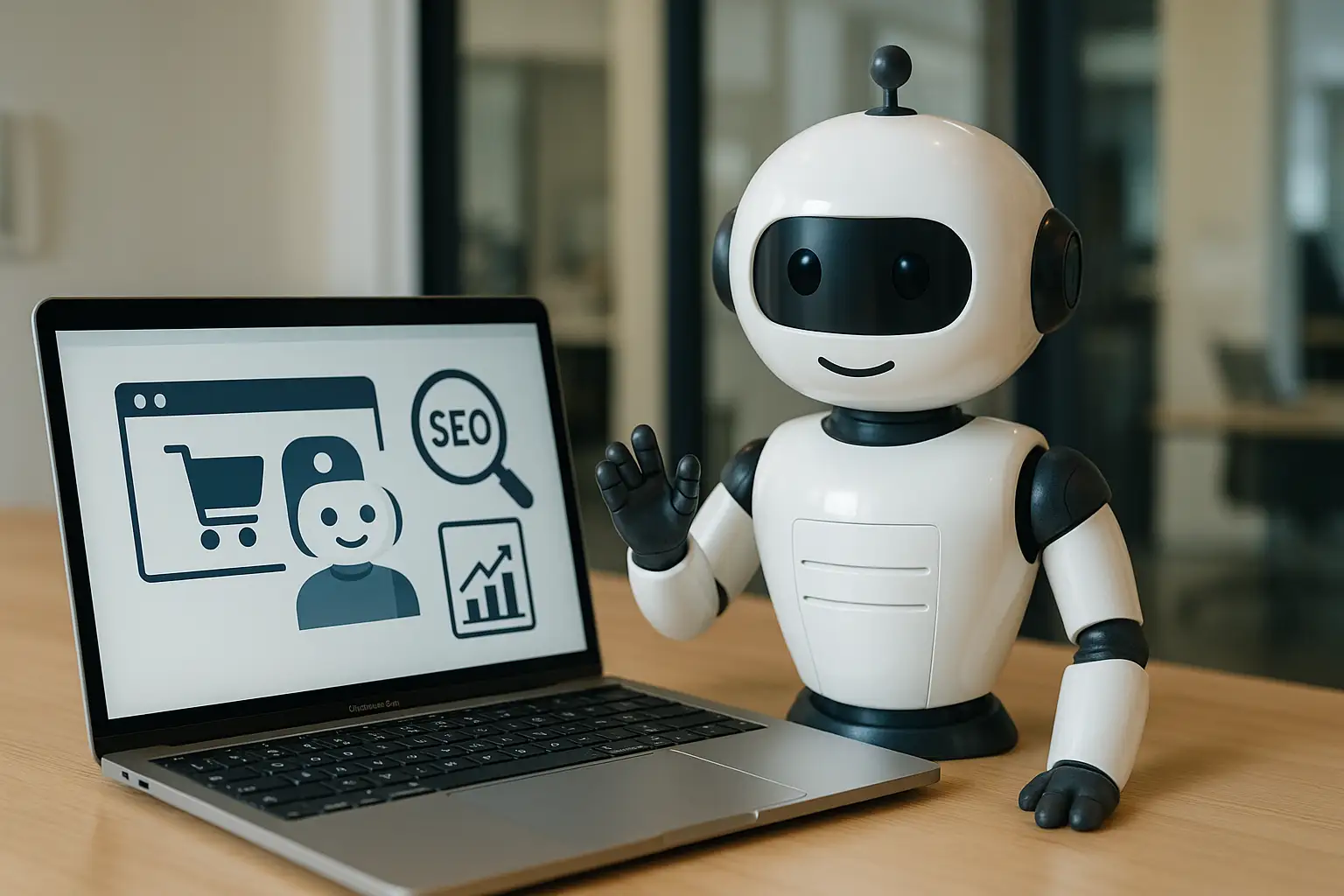
AI Chatbot for Online Stores and Apps – More Sales, Better SEO, and Happier Customers

5 steps to a successful software implementation in your company

Innovative IT solutions — why invest now?

Innovative software development methods for your business

5 steps to successfully implement technological innovation in your company
